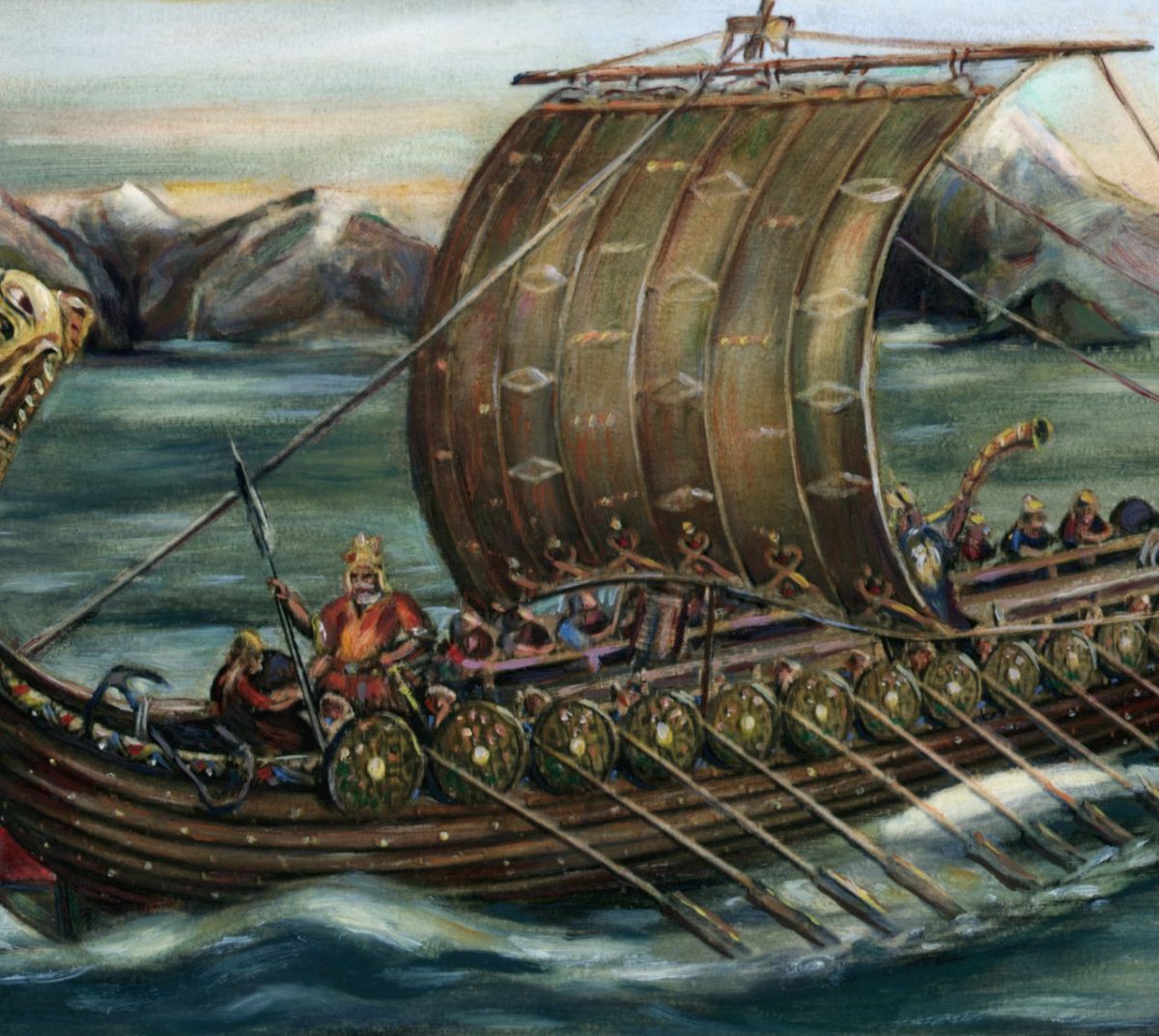New DNA analyses have revealed that the stereotype of the blonde Viking from Scandinavia is false. The Vikings are known in European history as a group of seafaring warriors who raided foreign coastal cities with their fast ships. However, recent archaeological discoveries have provided evidence that the Vikings were not a homogeneous group, as previously thought. They had a large network of trade centers and trade routes through which they exported their religion, language, and technologies to the North and Baltic Seas, Greenland, and even North America, significantly shaping the development of these regions.
Scientists from the University of Cambridge and the University of Copenhagen, led by Eske Willerslev, have analyzed DNA from 422 Viking graves to determine the origin of the Vikings. The graves were distributed from Russia through Central and Northern Europe to Greenland. The researchers used DNA analyses of various European peoples from the Bronze Age to the present as a comparison basis. According to the results published in the journal Nature, the previous stereotype of a Viking is incorrect. In addition to Scandinavian genes, the scientists found DNA from people from the Baltic and Central Europe, as well as Middle Eastern farmers and even Bronze Age steppe riders from Central Asia.
Willerslev explains that the study “significantly changes the image of the Vikings.” “Most Vikings were not blond but had brown hair and were influenced by genetic factors from outside Scandinavia,” he says. For example, Viking groups from southern Sweden were closely related to the Lombards from Hungary, while other Vikings from northern Norway were related to the Sami, an indigenous people in northern Fennoscandia. Willerslev concludes that “the results contradict the common assumptions about who the Vikings were and that the history books will have to be changed accordingly.”
In conclusion, the new DNA analyses have shattered the stereotype of the blonde Viking from Scandinavia. The Vikings were not a homogeneous group, but rather a mixed group of people from many regions of Europe and even Asia. They had a vast network of trade centers and trade routes, which allowed them to export their culture and technologies to other regions, significantly shaping their development. The study’s results have significant implications for our understanding of Viking history and will require a revision of the history books.










